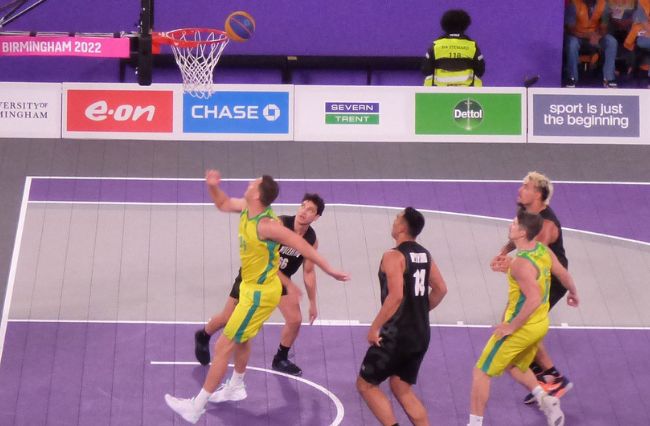At this year’s French Open, for the first time since 1968, none of the top three ranked women players in the world reached the quarter finals.
Advocates of women’s tennis would point to this as a positive – highlighting the depth of the Women’s Tennis Association tour and seeing the unpredictability as a major part of the attraction to fans.
This is certainly the case when compared to the men’s tour where the top four ranked men in the world occupied the semi final spots yet again.
While the competition is very healthy for those ranked around the top 10, there is a worrying drop in quality and ability in the lower ranks. Evidence of this was Maria Sharapova’s 6-0 6-3 quarterfinal victory over 15th seed Andrea Petkovic, which was all over in just 91 minutes. While some commentators will point out that Petkovic played poorly and was possibly affected by the occasion, it’a very unlikely two similarly ranked men’s players would produce the same result.
These outcomes aren’t rare in women’s grand slams – they have been occurring for years. It’s commonly accepted that the top seeded players will only drop a handful of games in the first few rounds. So while the depth is good at the top of the tree, the same cannot be said for the rest, which presents quite a cause for concern.
What’s more is that this unpredictability in the WTA tour is not working to its advantage. Even though the likes of Roger Federer, Rafael Nadal and Novak Djokovic have had a fairly uninterrupted monopoly over the men’s game for the best part of the last decade, fans would still prefer to see them play yet another final at Roland Garros than a new face vying for the women’s title.
This is an issue, considering the lack of change that has occurred at the top of the men’s game – at least one of Federer, Nadal or Djokovic has been in each grand slam final since the 2005 French Open. Now is the time for women’s tennis to cash in, as tennis fans are starting to look for some fresh faces.
But that leads to another problem for the WTA, as it cannot offer what the fans need. Its champions are the likes of Serena Williams and Kim Clijsters; players who are not only nearing retirement, but who have been able to take considerable time away from the game, only to return exactly where they left off.
This is very damaging to the credibility of the WTA tour and really reflects the lack of progress in players’ styles and techniques over the last decade.
What women’s tennis desperately needs is a new poster girl — someone who can be a total game changer, as Martina Navratilova did in 1974.
Unfortunately, there seems to be very little in the way of diversity among young players, hence the lack of a standout. Most players seem to be extremely one-dimensional, with a baseline game built entirely around hitting the ball as hard as possible until it doesn’t come back. This possibly explains why the more experienced players like Francesca Schiavone and Clijsters are excelling at the moment, as they do have the ability to think themselves out of a hole if Plan A isn’t working.
This is bad news for the fans, as they are not going to watch two competitors playing with almost identical game styles. Women’s playing styles are far too repetitive and often lack the flair and finesse that tennis is so commonly associated with; they just seem to be involved in overtly aggressive, baseline slugging wars. It’s not surprising that tennis fans consistently prefer to watch the men’s – the quality is just of a higher level.
So what can the WTA do? It should try and invest as much money as possible in developing young talent in order to find the next Navratilova or Steffi Graf. This may seem more of a hopeful goal than a realistic achievement, but there is very little alternative.
The WTA is not doing much wrong; it’s a well-run and professional organisation that is able to generate quite a considerable profit from its events.
The only real issue is that the current pool of players is lacking that ‘x factor’ that separates the good from the great.
But it won’t stay this way forever. Women’s tennis has been written off many times before, only for it to return with a lethal vengeance.
Tom Midwood is a first-year Bachelor of Journalism (Sport) student at La Trobe University. You can read more of his work on his blog.






